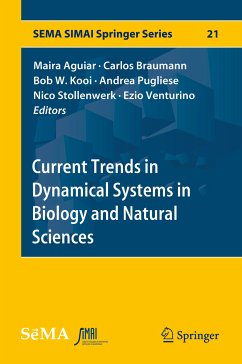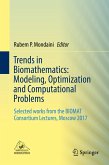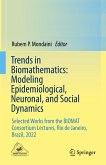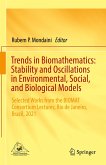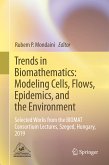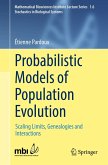This book disseminates the latest results and envisages new challenges in the application of mathematics to various practical situations in biology, epidemiology, and ecology. It comprises a collection of the main results presented at the Ninth Edition of the International Workshop "Dynamical Systems Applied to Biology and Natural Sciences - DSABNS", held from 7 to 9 February 2018 at the Department of Mathematics, University of Turin, Italy. While the principal focus is ecology and epidemiology, the coverage extends even to waste recycling and a genetic application. The topics covered in the 12 peer-reviewed contributions involve such diverse mathematical tools as ordinary and partial differential equations, delay equations, stochastic equations, control, and sensitivity analysis. The book is intended to help both in disseminating the latest results and in envisaging new challenges in the application of mathematics to various practical situations in biology, epidemiology, andecology.
Dieser Download kann aus rechtlichen Gründen nur mit Rechnungsadresse in A, B, BG, CY, CZ, D, DK, EW, E, FIN, F, GR, HR, H, IRL, I, LT, L, LR, M, NL, PL, P, R, S, SLO, SK ausgeliefert werden.

